The immune system
- PMID: 27784777
- PMCID: PMC5091071
- DOI: 10.1042/EBC20160017
The immune system
Abstract
All organisms are connected in a complex web of relationships. Although many of these are benign, not all are, and everything alive devotes significant resources to identifying and neutralizing threats from other species. From bacteria through to primates, the presence of some kind of effective immune system has gone hand in hand with evolutionary success. This article focuses on mammalian immunity, the challenges that it faces, the mechanisms by which these are addressed, and the consequences that arise when it malfunctions.
Keywords: basic; immunology; review.
© 2016 The Author(s).
Figures




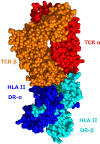

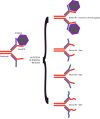

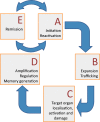
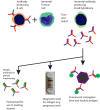

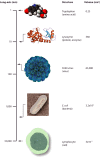
References
Recommended reading and key publications
Immunology
-
- Abbas A.K., Lichtman A.H., Pillai S. Basic Immunology: Functions and Disorders of the Immune System. Amsterdam: Elsevier; 2016.
-
- Davis D.M. The Compatibility Gene. London: Penguin; 2013.
-
- Foster W.D. A History of Medical Bacteriology and Immunology. London: Heinemann; 1970.
-
- Paul W.E. Immunity. Baltimore: Johns Hopkins University Press; 2015.
-
- Silverstein A.M. A History of Immunology. Cambridge, MA: Academic Press; 1989.
General reading
-
- Ferry G., Sulston J. The Common Thread. London: Random House; 2002.
-
- Judson H.F. The Eighth Day of Creation. New York: Simon and Schuster; 1979.
-
- Mukherjee S. The Emperor of All Maladies: a Biography of Cancer. New York: Scribner; 2010.
Publication types
MeSH terms
LinkOut - more resources
Full Text Sources
Other Literature Sources
Medical

